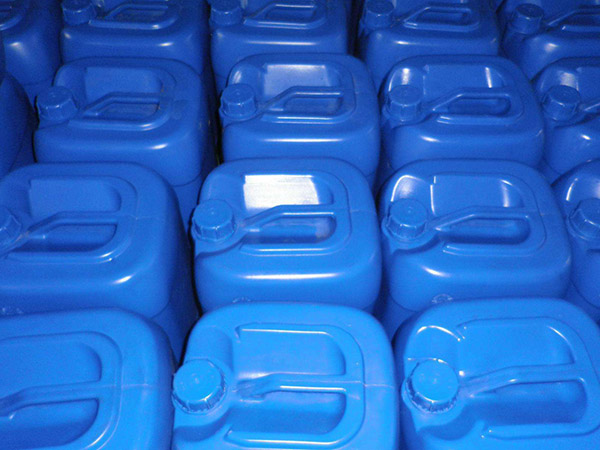Water-based release agent is not easy to cause damage and damage to people and the environment during environmental protection. The water-based release agent is designed for special molding and processing. It is an auxiliary agent for the production of rubber and plastic products. Mainly used in rubber, composite, polyurethane, plastic and other products molded through the mold. The choice of suitable release agent should consider the type of formulation, processing temperature, machine use, cycle time of the process, product style and mold design. The aqueous release agent can form a uniform release film on the surface of the mold to enable the molded article to be released.

Why does the aqueous release agent form a uniform release film on the surface of the mold, so that the molded product can be released?
The adhesion of rubber and mold surfaces is generally considered to be caused by two reasons. First, the surface of the mold is usually covered by a thin film or even a monolayer of water film. This extremely thin water film reacts with isocyanate to produce strong adhesion. Secondly, the bonding is caused by a chemical bond generated by the reaction of the polar groups in the surface layer of the mold with the polar groups of the polyurethane and the poly vein. In order to make the product release mold well, it is necessary to make the surface of the mold have a smooth and smooth film. It is required that the film does not react with the raw material and has certain adhesion to the mold, and has certain flexibility. The effective release material (generally an inert substance) is uniformly sprayed on the mold through the medium (water), and after the medium (water) is volatilized, a smooth film is formed, thereby releasing the mold.
The release agent is formulated to provide the functionality required within the variables of the molding process. Affected by a variety of factors, the release agent acts as an intermediate, balancing its function with the characteristics most desirable to the operator.
The basic ingredients of aqueous release agents include: different types of waxes, resins, oils, silicone oils and some proprietary additives that enhance, control or maintain product functionality, stability and useful life. Its main function is to help the rubber and plastic products to be taken out of the mold and to maintain the integrity and post-processability of the product. The release agent for rubber and plastic products is mainly a release agent for external use.



